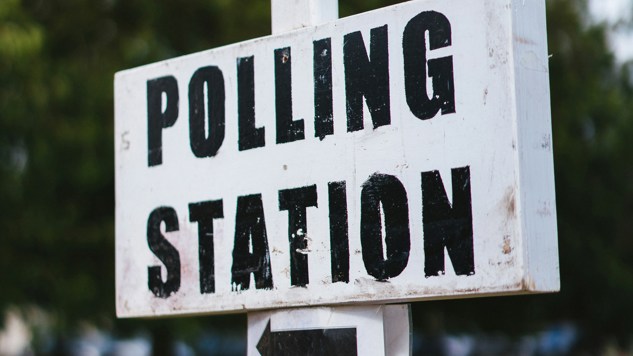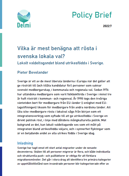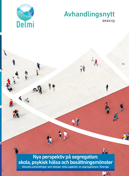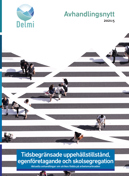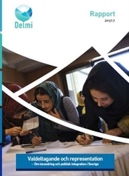Some overall conclusions and recommendations:
- A first important insight from the research is that there is a very strong link between individuals' socioeconomic situation and their voter turnout. Although there is still uncertainty about the causal effect of individual socio-economic factors such as education, employment and income, research suggests that differences in socio-economic conditions between areas are a very important explanation for differences in voter turnout.
- Political measures aimed at counteracting the socio-economic marginalisation of residents in resource-poor areas are therefore one of the most important tools for reducing political inequality and increasing voter turnout. All efforts that contribute to reducing economic exclusion among those who live and grow up in these areas can therefore also be seen as potentially important measures for promoting democratic participation.
- Research suggests that individuals are more likely to vote when people around them are more politically engaged. One contributing factor to low voter turnout in resource-poor areas may therefore be that residents are surrounded by many other people who do not vote.
- From a long-term perspective, there is much to suggest that the best way to increase voter turnout in areas with socio-economic challenges is to take general measures to reduce segregation and socio-economic inequality in society.
Author
The report was written by Karl-Oskar Lindgren, Professor of Political Science at Uppsala University.
The knowledge overview Efforts to increase voter turnout in residential areas with socio-economic challenges was written as part of a collaboration between the Delegation for Migration Studies (Delmi) and the Swedish Research Council, as part of a joint initiative to produce a series of knowledge overviews on segregation.
The report was published on 20 May 2025.
